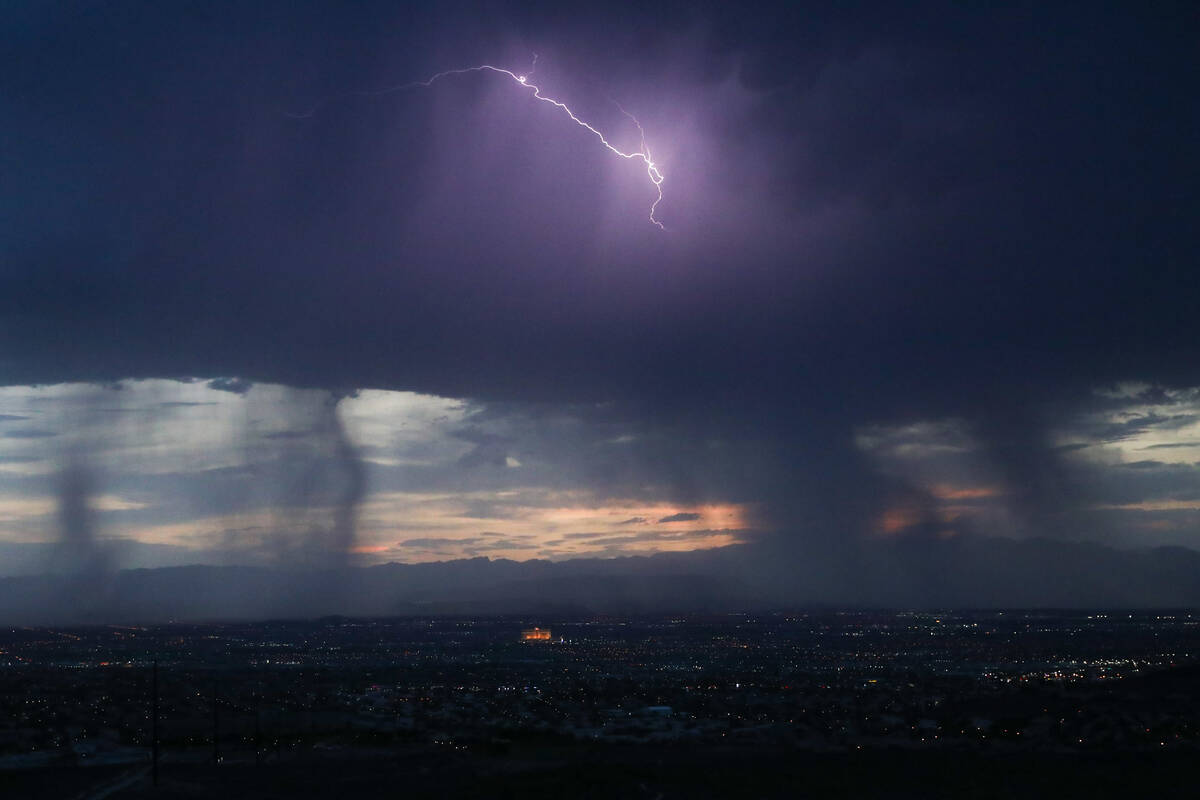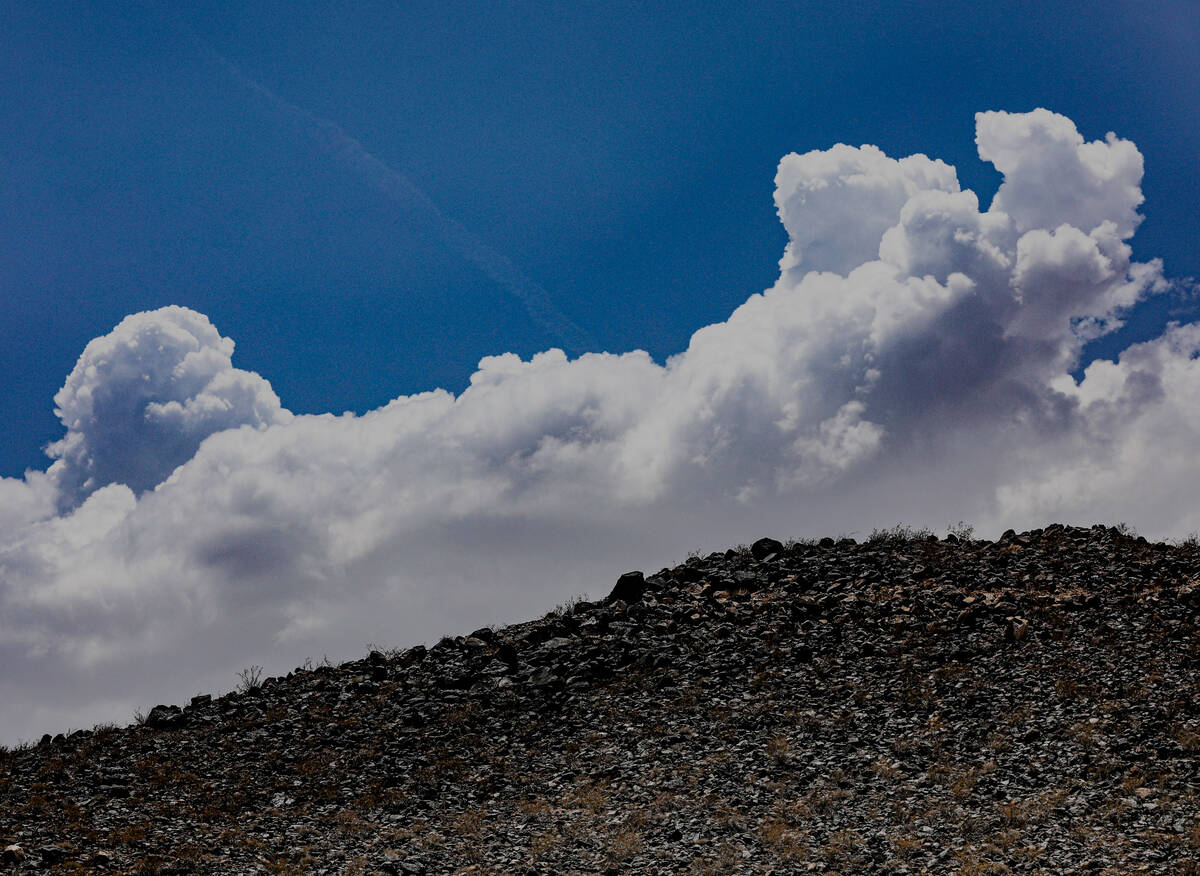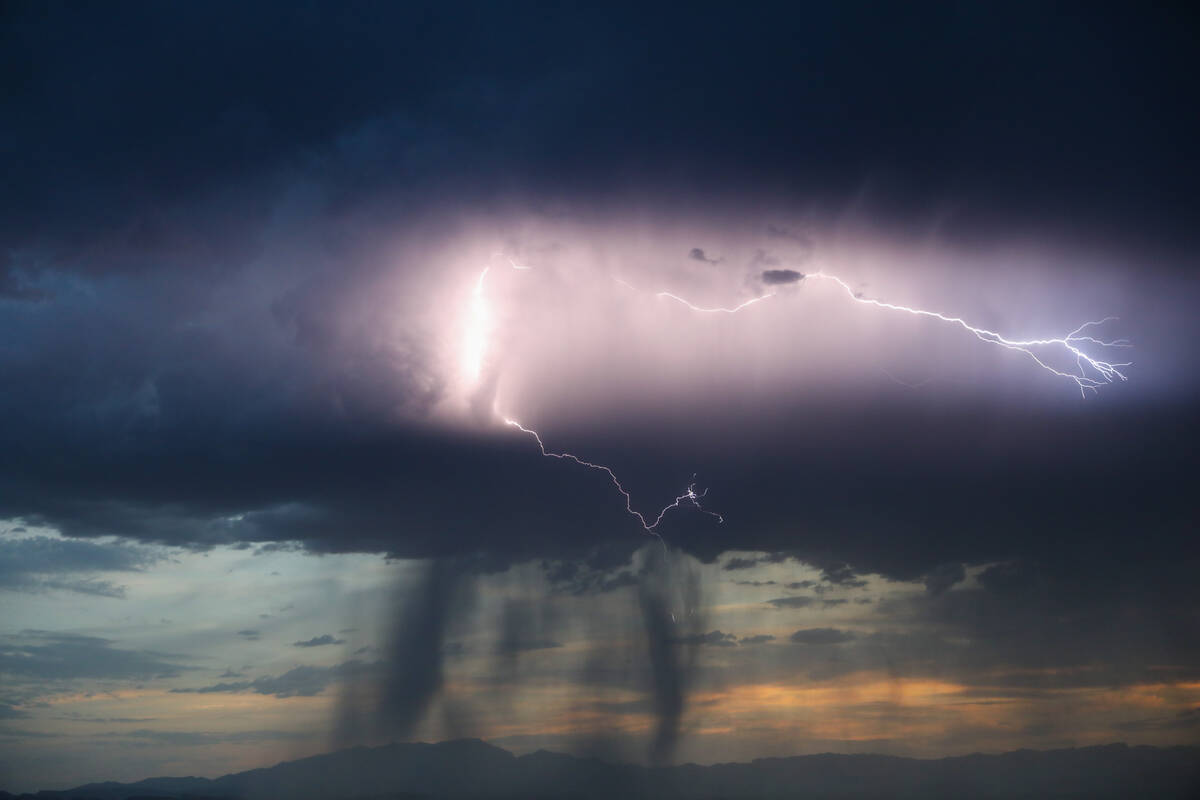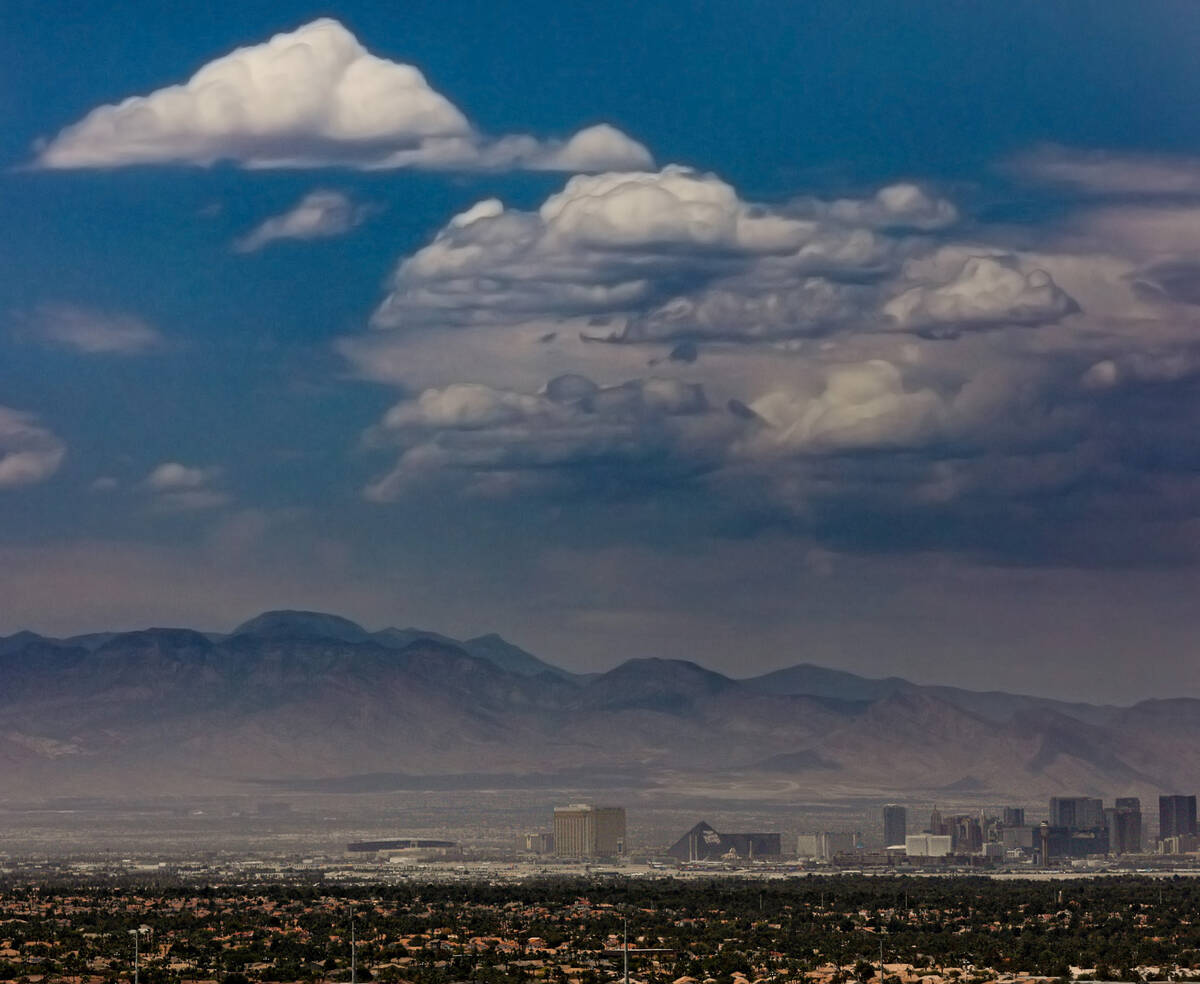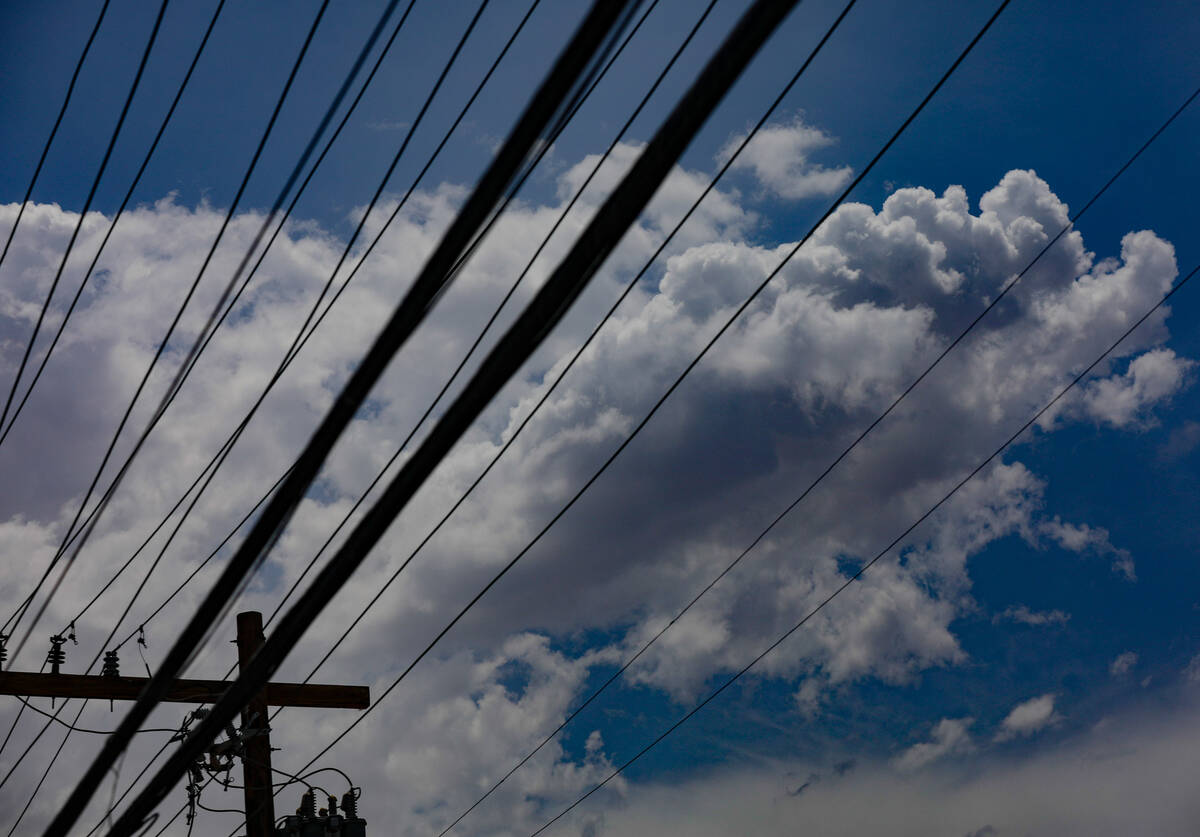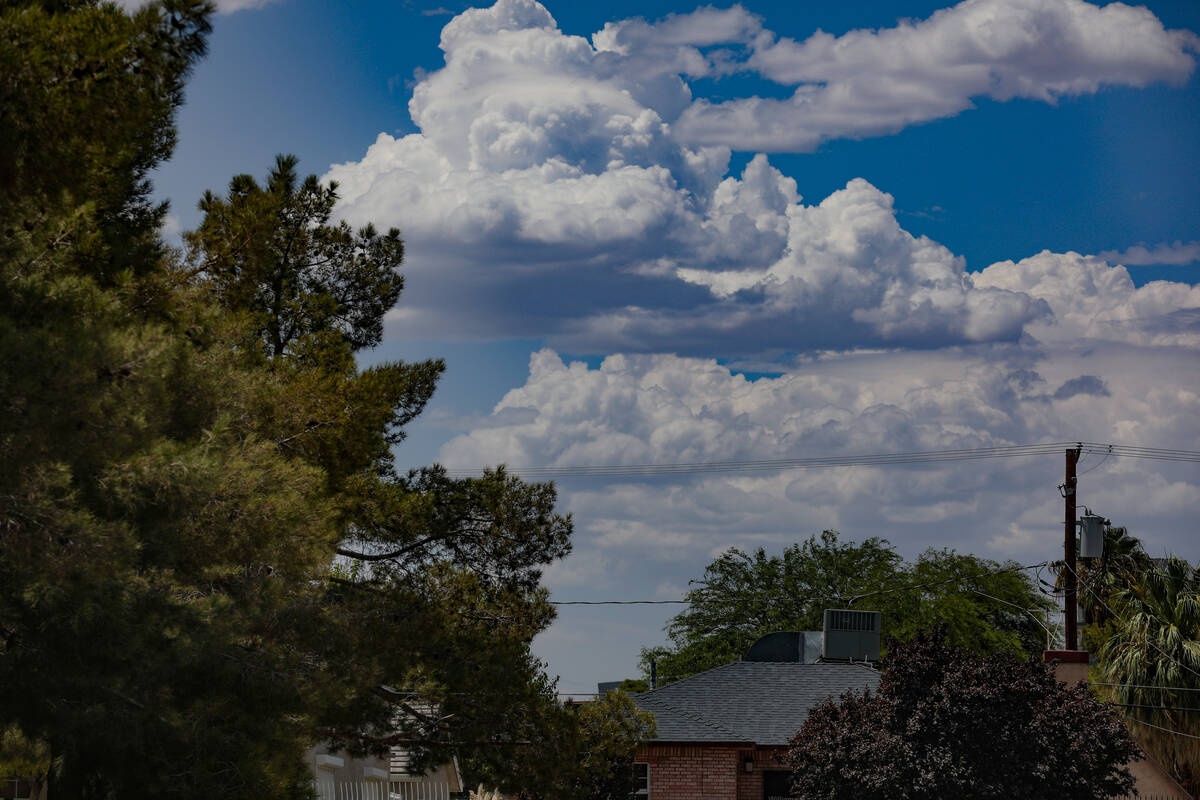How cloud seeding is giving a boost to Nevada’s water supply
In mountain peaks across the West, it’s their job to make it snow.
No, they’re not wizards, even if the work they do seems like magic.
For scientists at Nevada’s Desert Research Institute, using cloud seeding to increase snowfall has been part of the job for more than half a century, dating back to the early 1960s.
It’s a practice that research has shown can add more than a little extra snow to the winter totals. And as states like Nevada grapple with dwindling water supplies along the Colorado River, which supplies 90 percent of the water in the Las Vegas Valley, it’s one the Silver State is investing in.
“This is inexpensive. It works. It’s pretty easy to do. And it’s safe,” said Frank McDonough, who leads Desert Research Institute’s cloud seeding program. “It’s kind of a no-brainer.”
Scientists with the institute wrapped up their latest cloud seeding research and operations season in May across six mountain ranges, including the Spring Mountains near Las Vegas, the Lake Tahoe Basin, the Ruby Mountains in Northern Nevada and ranges across Colorado.
For Nevada — the nation’s driest state — an extra 10 percent can go a long way, especially in parts of the state where the water basins are already overallocated, McDonough said.
So what exactly goes into making clouds give us more snow?
How does it work?
There’s a whole lot of science behind the actual process of seeding clouds, but the gist of it is that clouds need a certain process to happen in order to turn their moisture into precipitation.
Cloud seeding works by improving the conditions inside the cloud by introducing dust particles, which can help clouds create the icy crystals required to produce snow, McDonough said.
When a storm cell moves into one of their seeding areas, scientists burn a small amount of a chemical compound — silver iodide — from ground-based generators, the aerosols of which eventually reach the clouds.
That silver iodide then acts as nuclei of sorts to spark the formation of the ice crystals.
McDonough said the silver iodide compound used by Desert Research Institute is plenty safe, too. It already exists naturally and has no known harmful effects on humans or the surrounding environments.
“It’s part of the earth’s crust right now, so we’re just taking advantage of them to create ice crystals,” McDonough said.
Does it actually work?
McDonough said there is research dating back to the 1950s on cloud seeding showing decent success with the endeavor.
These days, he said, scientists are “pretty confident” that cloud-seeded areas produce about 10 percent more snowfall than if there was no cloud seeding at all.
One five-year study conducted in the mid-2000s in Australia showed that cloud seeding increased precipitation in the target area by 14 percent.
Can it help the west’s water problem?
Nevada and the rest of the Western U.S. are in the midst of more than two decades of drought that has brought hotter and drier conditions and dwindled the Colorado River’s annual flows by roughly 20 percent.
That’s sent states and cities searching for other resources, and there’s been plenty of talk about desalinating ocean water as part of that.
Those projects are pricey, though, with the cost to build desalination plants typically ranging in the hundreds of millions of dollars. The typical cost of desalinated water is about $2,000 per acre-foot of water.
But cloud seeding, McDonough said, is much cheaper — coming in at roughly $10 per acre-foot.
In June, Gov. Joe Lombardo signed Senate Bill 99 into law, which allocated $1.2 million to Desert Research Institute specifically to bolster cloud seeding projects over the next two years.
That means there will be more opportunities for researchers to conduct and analyze seeding efforts, which have the happy byproduct of producing more snowfall, and eventually more runoff into river systems across Nevada and the West, McDonough said.
In a world where water is becoming ever more valuable, that’s an easy win-win.
Contact Colton Lochhead at clochhead@reviewjournal.com. Follow @ColtonLochhead on Twitter.




